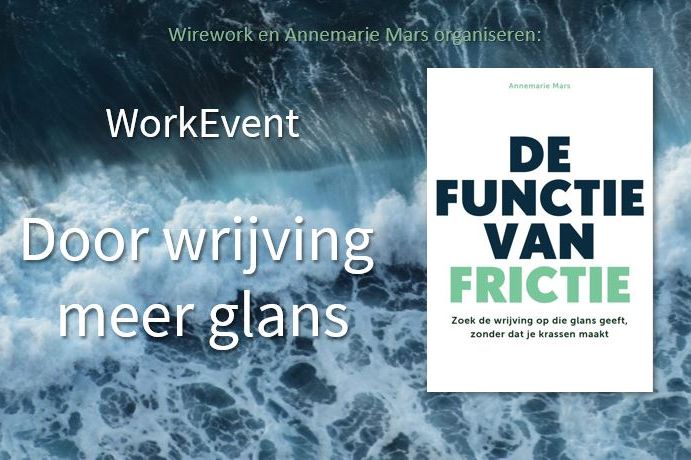
Friction makes things shine – The Function of Friction
You’ve probably seen it: a flock of starlings dancing in the evening sun. The fluid wave motion is a beautiful spectacle. The starlings don’t collide. They don’t even touch.
Of the thousands of starlings, not one collides because it loses sight for a moment. They move together in an elaborate system in which every bird wants exactly the same thing: to stay out of the buzzard’s clutches. All each starling has to do to achieve this goal is to focus on the birds flying closest to it. It does not matter where the flock goes, as long as the starlings move together.
People are not starlings
When people move, they touch each other. They have to. With us, it matters where we move. Our force field is much more complicated than just the few people next to us. Nothing but praise for the starlings’ system, but we have something much more sophisticated: Interaction.
The unique system of interaction
We seek each other out, we talk to each other, we exchange facts, opinions and feelings to plot our course and decide what to do next. In this multifaceted conversation, we constantly nudge each other back and forth. Through these nudges we touch each other, bump into each other, seek each other out, bump into each other. This is how we agree, adapt, come up with ideas, differentiate ourselves, celebrate successes and take two steps forward for every step backwards. This way of moving produces a less beautiful spectacle than that of the starlings; it is by no means a fluid, undulating movement. And yet with this system we can make a difference. To get to a better place together. If necessary.
The function of friction
That which hits, collides, seeks and chafes is friction. Van Dale defines the word friction as ‘rubbing’. And the word friction means ‘the resistance that occurs when one object moves in relation to another’. In the process of interaction we have to take these objects figuratively. It is what we say and what we do.
Whether you are working in a team or leading a change process, everyone experiences friction from time to time. Ideally, we’d like to ignore it quickly because it’s awkward, sometimes uncomfortable and we’d rather keep it positive. But friction is like a pebble in your shoe. The longer you walk with it, the more annoying it becomes.
Getting the pebble out of the shoe
How do you have an open and equal conversation in which discomfort is allowed to be named? And how do you tackle limiting beliefs and turn tensions into functional collaboration to create real change and real connection? At a time when change is the only constant, the search for functional friction is increasingly relevant. In fact, it is the key to change, and the good news is that finding it is a skill you can learn.